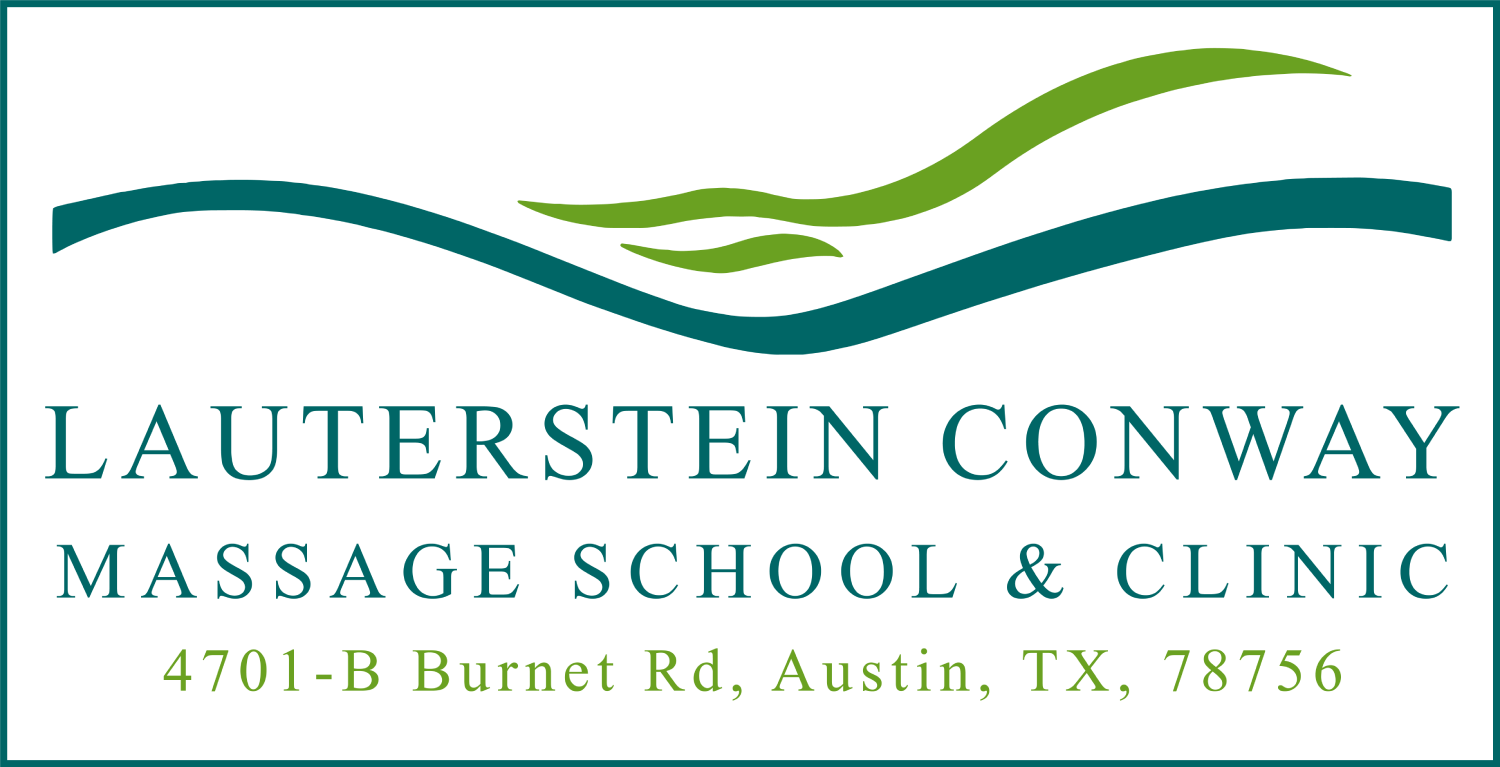 by Michelle Wald
by Michelle Wald
We have heard all kinds of information on posture. Posture dictators say, “Don’t slouch, don’t let your head go forward, don’t bend your spine, and don’t round your shoulders.” At the same time telling you to, “Pull your shoulders back, tuck your chin in, hold your stomach tight, and tuck your bottom under, etc.” By the time you do all these things it is difficult to keep that “good posture” in stillness, much less in motion.
This type of posture control stems from top-down thinking. The main concern is that your head is balanced over your shoulders; your shoulders are over your pelvis; and so on. Leaving the feet as a last thought. Unfortunately if you are starting with the top of the body, then you are almost ignoring what is supporting it. This way of thinking about posture is trapped by stillness – holding and forcing your body to be in a position that it might not naturally go. It’s time to consider another way to find your best posture with ease and grace. Time to find an alignment that will work in both stillness and motion.
Back in the 80’s when I just started working in the physical therapy field, postural awareness and stabilization was all the rage. We were seeing the negative effects of the Super Slouch coolness factor. We wanted people to know how to prevent back injuries. I trained hard to educate people about “good posture”, and I’m guilty of preaching all the above rules. Many personal trainers, teachers and aerobics instructors were as vigilant as I was. Today, most people know “the rules”; they almost know them too well. I see people now with what I call super posture. They are so tight and over stabilized in their spine that they are causing problems, not preventing them. They are compressing the spine and losing flexibility.
I am here to show you a different way. I would like to show you how to get postural alignment without unnecessary holding patterns. I believe there is no perfect point of posture. I don’t have a string pulling me up from the top of my head, keeping me straight as an arrow by pulling the rest of my body up following skull. What I do have are my feet. My feet firmly plant on the floor with my weight balanced. I have my calves that easily balance over the middle of my feet, hinging slightly forward at the ankles. In this neutral position, my weight is on the middle of my feet at the front of the ankle joint. My knees and thighs balance on top of my shinbones. My pelvis balances on top of my thighbones, while my spine with its natural curves balances over the pelvis. With this support, my shoulder girdle forms a ring around my ribs and rests there, supporting my arms. Finally my neck and head balance over the whole thing. I guess if there was a string on my head it would just be resting there, because my base is supporting me. This base support is an elegant option, instead of forcing your body into a position that is not natural to it.
When thinking about your posture try checking in with your body from the base. Imagine you body segments as blocks stacking and balancing on top of each other. Walk yourself through my description of posture above starting from feet and finishing with the head.
Check out a post on Michelle’s blog on Standing Comfortably with a video demonstration on finding your best posture.
Want to know more? Sign up for Lauterstein-Conway’s Intro to Advanced Modalities on June 19, 2011.
